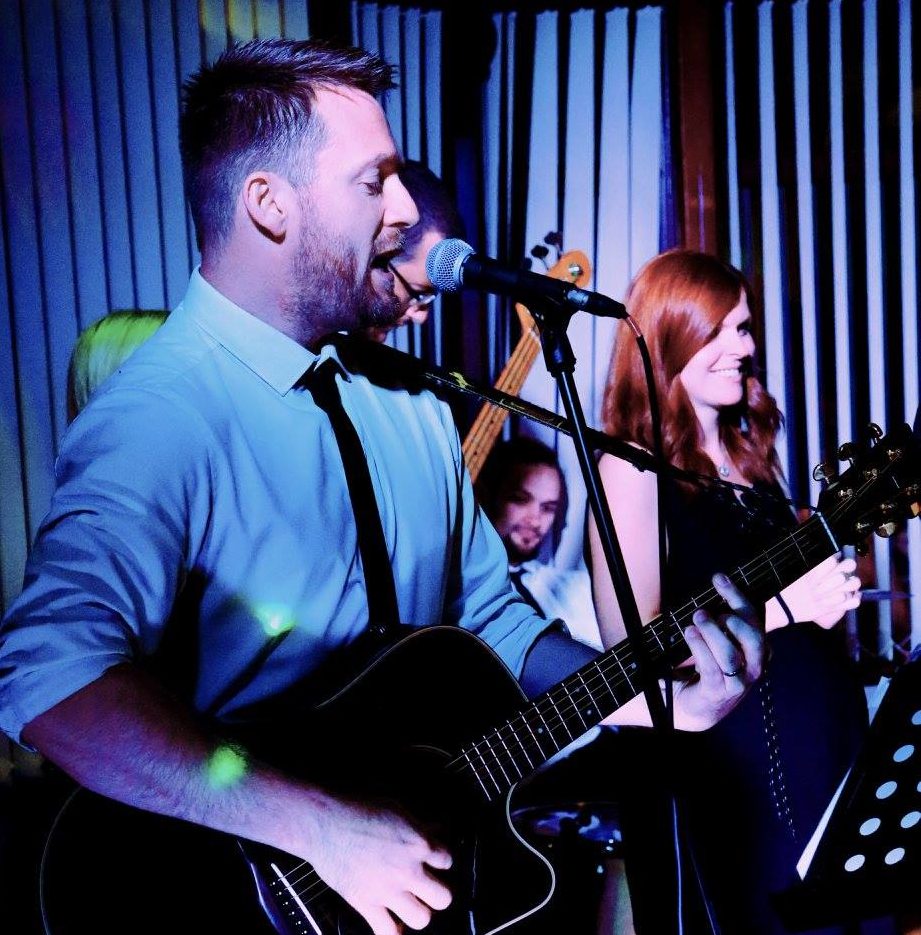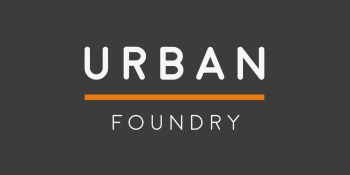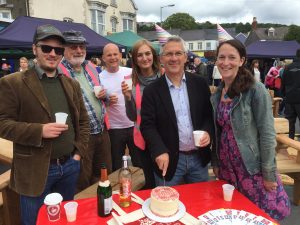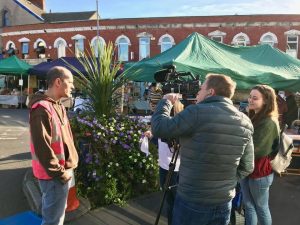
This week it has been announced that Cardiff will become the UK’s first music city: http://www.walesonline.co.uk/whats-on/music-nightlife-news/cardiff-going-named-uks-first-14030048
It’s a bold and exciting concept and represents how true collaborative working between the public and independent sectors can deliver innovation in public policy and strategy.
As with many such innovations it was born from conflict – in this case over proposed developments on Cardiff’s Womanby Street, which were threatening the already existing live music venues: http://www.walesonline.co.uk/whats-on/music-nightlife-news/venues-call-council-government-protect-12767086 That the response didn’t take the ‘business as usual’ line of least resistance is testament to all of the partners in Cardiff and (credit where it is due) particularly the Local Authority – it would have required some creative thinking and strong leadership to drive this through in the Council, which shouldn’t be taken for granted or underestimated in just how hard that can be in large institutions.
If you’re serious about culturally driven regeneration and creating impact in terms of socio-economic vitality in the longer-term, then that needs to be intrinsic to your way of life, your way of doing business, and the way in which you interact with and respond to cultural activity institutionally. It must be part of your local DNA.
It’s about brand: a true brand is about more than a name, logo or badge; it’s who you are, who you want to be, and a whole lot more. It is about cultural producers and consumers of course, but it’s also about how the big institutions in an area react to and support culture.
Some elements of culture are very difficult to make work outside of the public sector (parks, museums and archives notably) and there’s an important role of Council’s and other public bodies as custodians and deliverers of culture in those areas. But the key to cultural vibrancy is how the vast array of smaller actors play a part alongside the municipal facilities and machinery of the state to create a whole greater than the sum of its parts. That’s when exciting things start to happen but it needs a collaborative ‘can do’ approach from the key institutions.
Councils and other large public bodies must play an enabling role to do that – helping rather than hindering and particularly not just treating culture and creativity as the preserve of a culture department or community engagement role. It has to pervade the culture of big institutions – planners, highways engineers, traffic wardens, environmental health, finance departments and the rest – people who don’t live and breathe it day in day out for their job, but who nevertheless need to be attuned to why culture is important for a place, and how they can be supportive of it. It’s about enabling rather than regulating.
For those that haven’t yet got that right the first response is often a range of reasons why things can’t be done, or worse actively hindering those making an effort to achieve cultural outcomes – live music creates noise, pop-up activities in empty spaces don’t have large budgets or lots of time to go through licensing regulation, pop-up events need a light touch to resolving temporary disruption to traffic and parking, the list goes on. It’s not about circumventing health and safety, or allowing people to just do anything they want. Rather, it’s about identifying where there may be potential conflicts of interest or problems and finding ways of resolving them constructively – just as Cardiff has done here, leading the way for such approaches across the country. It will be interesting to see whether the reality matches the rhetoric and whether other areas learn from it and follow suit. But it’s a good start.
Nicely done Cardiff.




